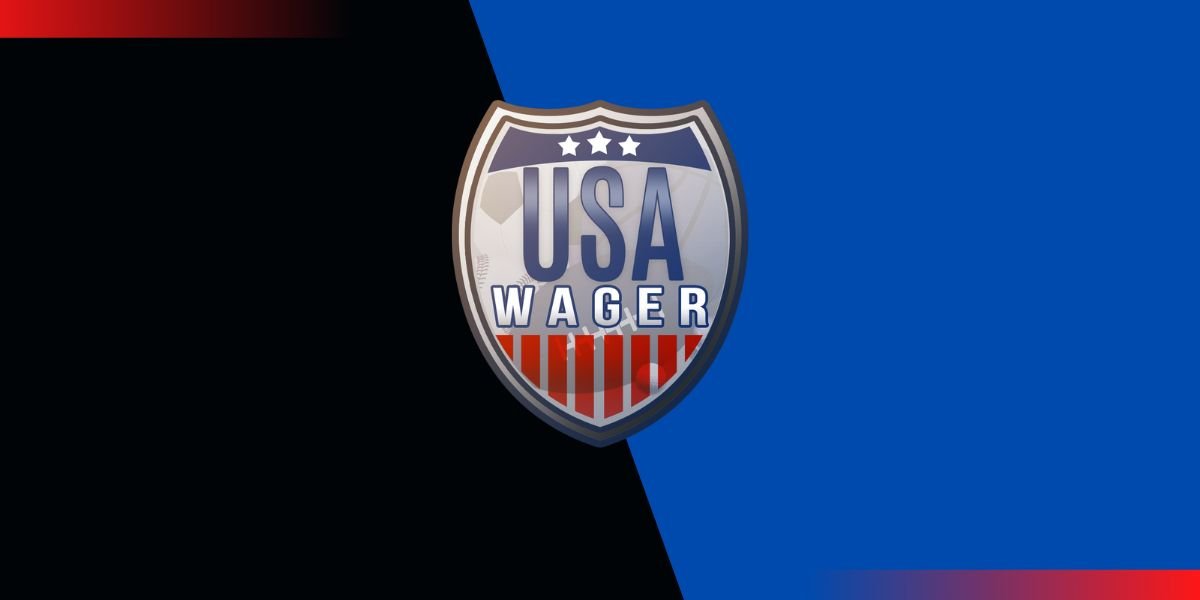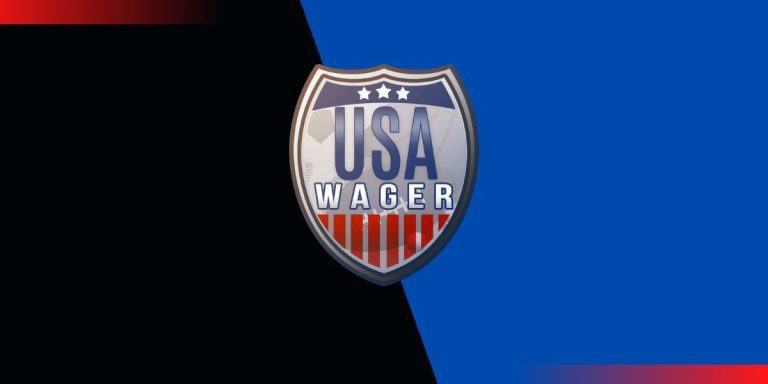More Fans Being Allowed Into Stadiums Boosts Home Team Advantage, Kind Of
This season’s opening day in baseball was a sight to behold as hordes of fans filled stadiums around the country for the first time in over a year due to the pandemic. Does this bring forth home team advantage? If so, how does it affect the matches?
Major League Baseball had allowed a small number of fans to attend a selection of last postseason’s bouts but relaxed the restrictions with their ruling this Spring, setting a hopeful tone to the rest of the baseball season.
Most stadiums started by allowing 10,000-15,000 fans into the stadium with social distancing and mask-wearing mandates, although no negative COVID tests or vaccinations were required.
As the season has progressed, more and more fans have been allowed to come to check out the diamond and cheer on their favorite team, prompting the oddsmakers to slowly return to placing more emphasis on playing at home and in front of a spirited conglomeration.
Home Team Advantage | Disparities Between Odds
Disparities between odds were evident with the Astros, Braves and Rangers, who were allowed to seat 50%-100% of their fans; conversely, teams like the Mets, Red Sox and Yankees were given strict limits on how many spectators they could accommodate in their stands.
This means that while any of the first three teams had a much greater chance of winning at home, according to sportsbooks, the New York and New England squads did not get much of a betting advantage by playing at home.
Returning fans also add expectations, which can cause certain teams to rise while others may fall. One team that represents the dichotomy in performing in relaxed and pressurized environments is the Minnesota Twins, who won the American League Central Division last season with a 36-24 record and are currently last at 26-40.
The Twins have suffered their fair share of injuries this season, but they have also fallen drastically in most major pitching categories and are 2-8 in extra-inning contests.
It could be a coincidence that returning fans have put more pressure on their team and caused them to perform worse in big moments on the mound or down the stretch, but they are not the only team to suffer a similar fate.
Road teams, ironically, are also winning more games this season (45.6%) than they did during the previous one (44.3%). This could be the result of those expectations weighing down upon lesser home teams who feel that they must live up to the moment.
A stat that supports this and shows that home team advantage may help better teams and hurt worse teams is as follows: this year, 12 of the 13 teams with the best record in baseball have winning records at home and on the road, while during the heart of the pandemic in America last year, only nine of the 13 best teams won more times than they lost on the road.
This shows that the teams currently atop the ladder are consistently performing well overall, while last year’s teams were inconsistent.
So, in conclusion, yes, the numbers show that more fans returning to stadiums does help the home team’s chances of winning— if that team is good. If they are poor or inconsistent, the faithful onlookers may be creating too much pressure for their team to handle.
Keep an eye on this situation for the rest of the regular season, but come playoff time, hammer the home team more times than not.
One more note: welcome back baseball, welcome back fans, and welcome back America. The world is still far from normal, but it is starting to look like it once did before. Getting fans back into the stadium is great for the sport and the country as a whole. Get the popcorn popping and the seventh inning stretching because baseball is back!


